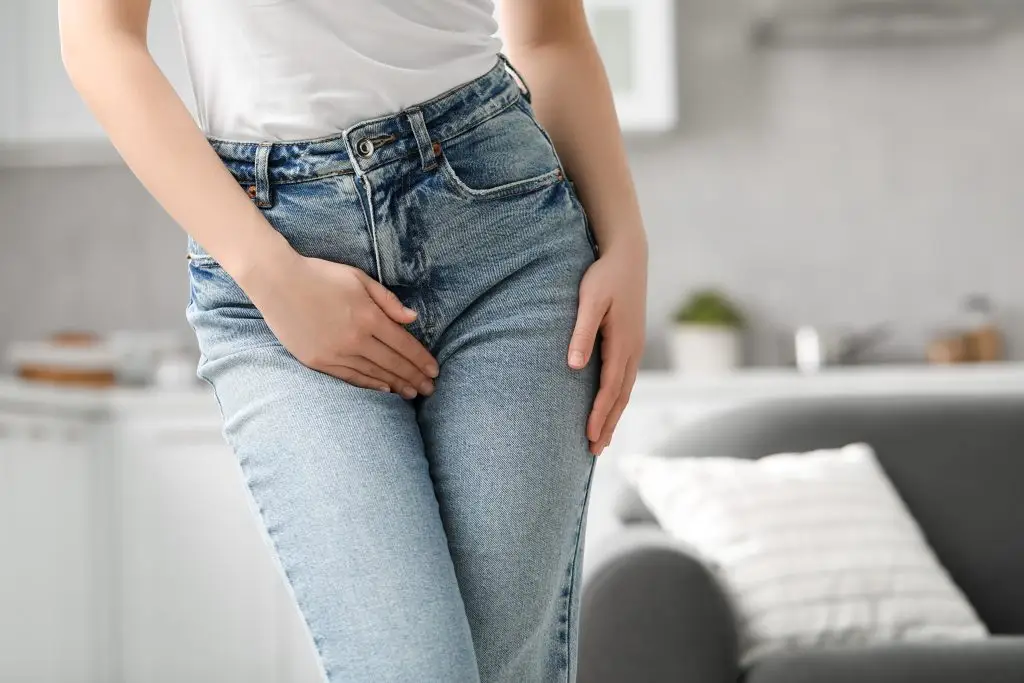You’re out with friends, having a great time, talking and laughing, when it happens—a small leak that leaves you feeling embarrassed and self-conscious. Or maybe you’re lifting groceries from your car and suddenly feel that familiar unwelcome sensation.
If you’ve experienced involuntary urine leakage when doing things like coughing, sneezing, exercising, or lifting, you’re dealing with what medical professionals call stress incontinence.
Stress incontinence affects millions of people, yet it remains one of those topics many feel too uncomfortable to discuss openly. The good news? Stress incontinence treatment options are available, effective, and more accessible than you might think. Understanding your symptoms and exploring treatment options can help you regain confidence and improve your quality of life significantly.
Symptoms of stress incontinence
Stress incontinence presents itself through several telltale signs that become increasingly noticeable over time. The most common symptom is involuntary urine leakage during activities that create abdominal pressure. This might happen when you cough, sneeze, laugh, exercise, lift heavy objects, or even change positions quickly.
The amount of leakage varies from person to person. Some experience just a few drops, while others may have more significant leakage that makes protective undergarments necessary. You might also notice that certain activities trigger leakage more consistently than others, or that symptoms worsen when you’re sick and coughing frequently.
When to seek treatment for stress incontinence
Many people with stress incontinence develop new habits to manage their symptoms. You might find yourself avoiding exercise, limiting fluid intake before and during social events, or becoming fixated on checking for nearby restrooms. These adaptations, while understandable, often signal that your bladder problems are already impacting your daily life more than they have to.
It’s crucial to understand that experiencing incontinence doesn’t reflect personal failure or poor hygiene habits. This condition affects people of all ages, though it becomes more common with aging, during pregnancy, after childbirth, and with certain medical conditions. Women experience stress incontinence more frequently than men, particularly after pregnancy or menopause, but men can develop it too, especially after prostate surgery.
What many people don’t realize is that stress incontinence isn’t necessarily a normal part of life that you simply have to accept. While it’s common, it’s not inevitable, and effective treatments exist to help manage or eliminate symptoms entirely.
How to treat urinary incontinence
Treatment for urinary stress incontinence can take many forms depending on the underlying cause and severity of your symptoms. The most effective treatments often address the root cause: weakened pelvic floor muscles that can no longer adequately support your bladder and urethra.
Because the root cause is related to the musculature of the pelvic floor, physical therapy is often highly effective at treating incontinence.
Physical therapy treatment options
Many people’s first exposure to pelvic floor physical therapy involves Kegel exercises—repeatedly contracting and relaxing the muscles that support your pelvic organs. While Kegels can be helpful, comprehensive pelvic floor therapy is much more than these basic exercises.
A qualified pelvic floor physical therapist will first assess your specific muscle function, posture, and movement patterns. They might discover that your pelvic floor muscles are actually too tight rather than too weak, or that other muscle groups in your core, hips, or back are contributing to your bladder problems.
Treatment may include specialized exercises to improve coordination between your pelvic floor, deep abdominal muscles, and diaphragm. Your therapist might also work on improving your posture, breathing patterns, and overall core stability. Some patients benefit from biofeedback training, which helps you learn to engage the correct muscles more effectively.
Sustainable lifestyle modifications
Certain lifestyle changes can significantly improve stress incontinence symptoms. Maintaining a healthy weight reduces pressure on your pelvic floor muscles. If you smoke, quitting can help reduce chronic coughing that triggers leakage episodes.
Finally, for some, fluid management strategies may be helpful for chronic struggles with leakage. This doesn’t mean drastically cutting back on water intake, which can actually worsen bladder irritation. Instead, the focus is on timing your fluid intake and identifying potential bladder irritants like caffeine, alcohol, or acidic foods that might exacerbate symptoms.
Stress incontinence treatment in Michigan
If you’re dealing with bladder problems and live in southwest Michigan, specialized help is available closer than you might expect. Armor Physical Therapy offers comprehensive stress incontinence treatment that goes beyond the recommendations you might find online.
Learn how we can help make your life a little less leak-prone with targeted therapy for incontinence. Even if you still have questions, that’s okay! We’re happy to answer them when you call an Armor clinic near you or request an appointment online.
